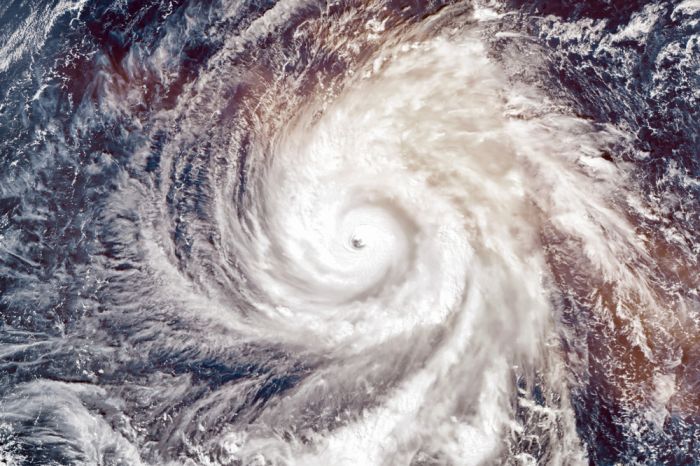IIT Kharagpur and Taiwan Institute join hands to study the source to severe cyclonic storms


Scientists from the Indian Institute of Technology (IIT) Kharagpur and the Institute of Earth Sciences, Academia Sinica, Taiwan have arrived at a mechanism to trace the source that supplies moisture to severe cyclonic storms.
Anindya Sarkar, Professor, Department of Geology said, "Climate change due to global warming projects that the frequency of category 4 and 5 storms (60 to >70 m/s sustained wind speed) will be doubled by the end of the 21st century. We studied four such recent severe storms, named Nepartak, Meranti, Malakas and Megi - of category 4/5 - which had devastated Taiwan in a single year of 2016."
Professor at IIT Kharagpur and the lead author of the paper Sourendra Bhattacharya quoted, “the cyclone during its journey keeps shedding enormous amount of rain which causes a progressive reduction in the ratio of the isotopes of Oxygen and Hydrogen in the leftover vapour mass. We tracked this magnitude of reduction, calculated and modelled to see how much rains were scavenged by these moving cyclones."
Prof Mao-Chang Liang of Academia Sinica said, "We placed a mass spectrometer on top of a tall building to continuously measure the isotopes of Oxygen and Hydrogen in the vapour as these typhoons approached Taiwan. This technique provided us real-time variation inside typhoons every ten minute as it was raining and vapour compositions changed."
“Since both cyclone frequency and intensities are rising due to ongoing climate change, this observation will be very important while studying the tropical cyclones that recurrently hit both India and Taiwan/Japan region, it also opened up avenues for future collaboration between the two countries," said Liang.
The most severe cyclonic damage recently was reported by Bangladesh as cyclone Sitrang battered the coastal districts of the country on 25 October. An IIT Kharagpur spokesperson said with the help of this model the cyclones which lash the coastal belts of the region every year can be analysed including the factors behind the intensity of cyclonic winds and rains.